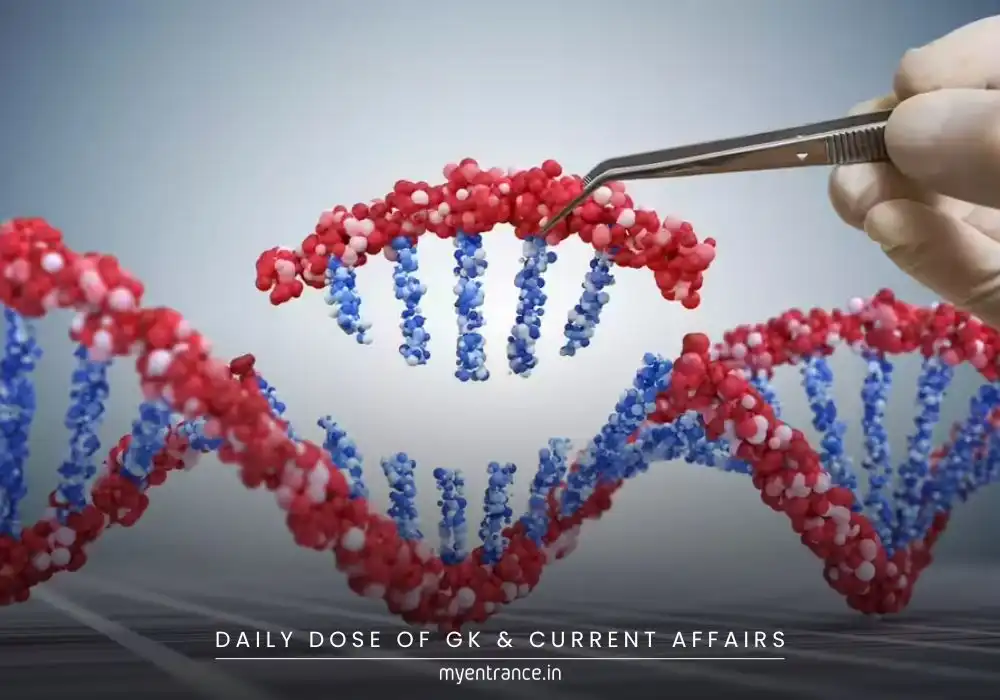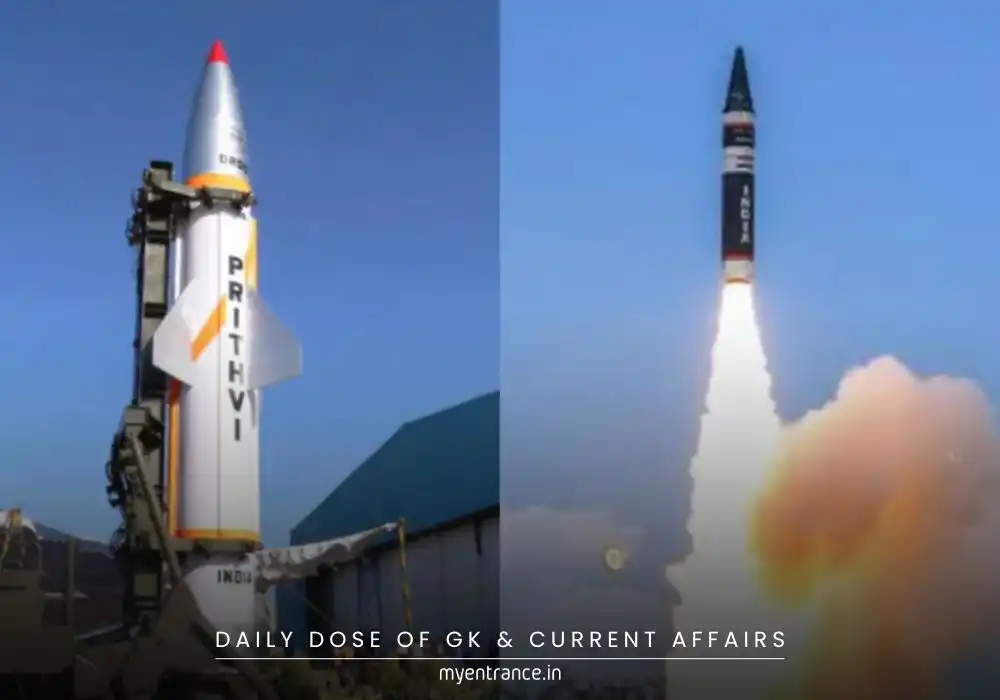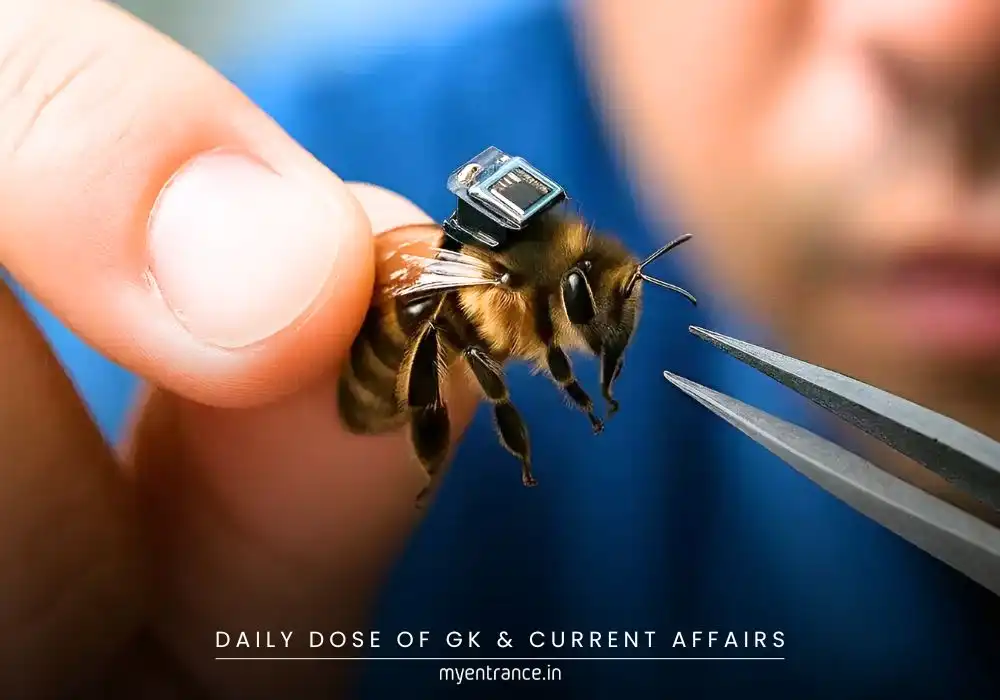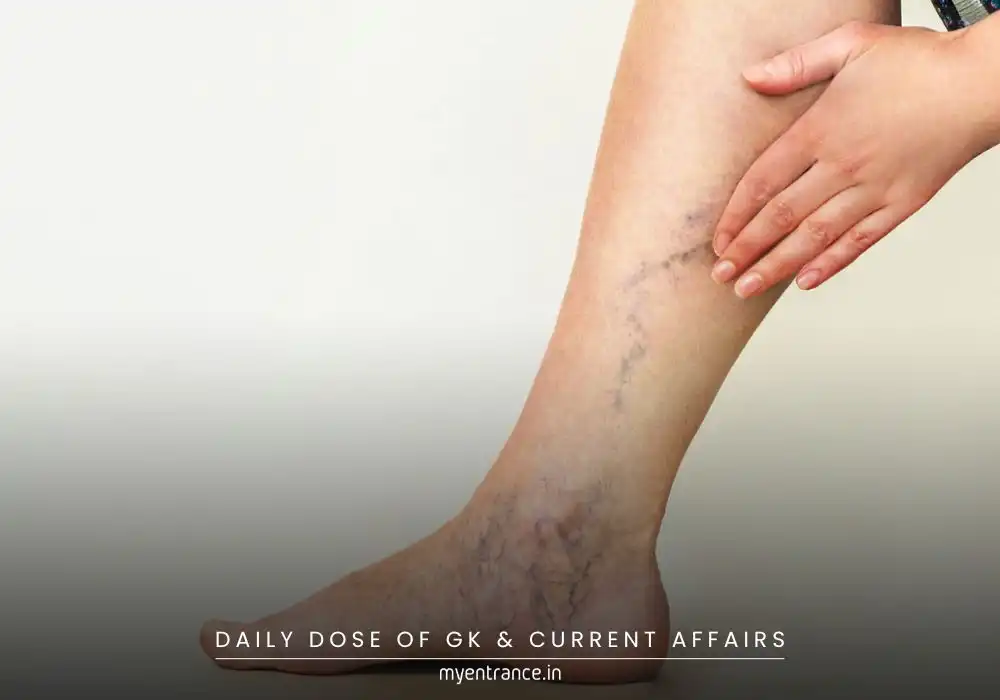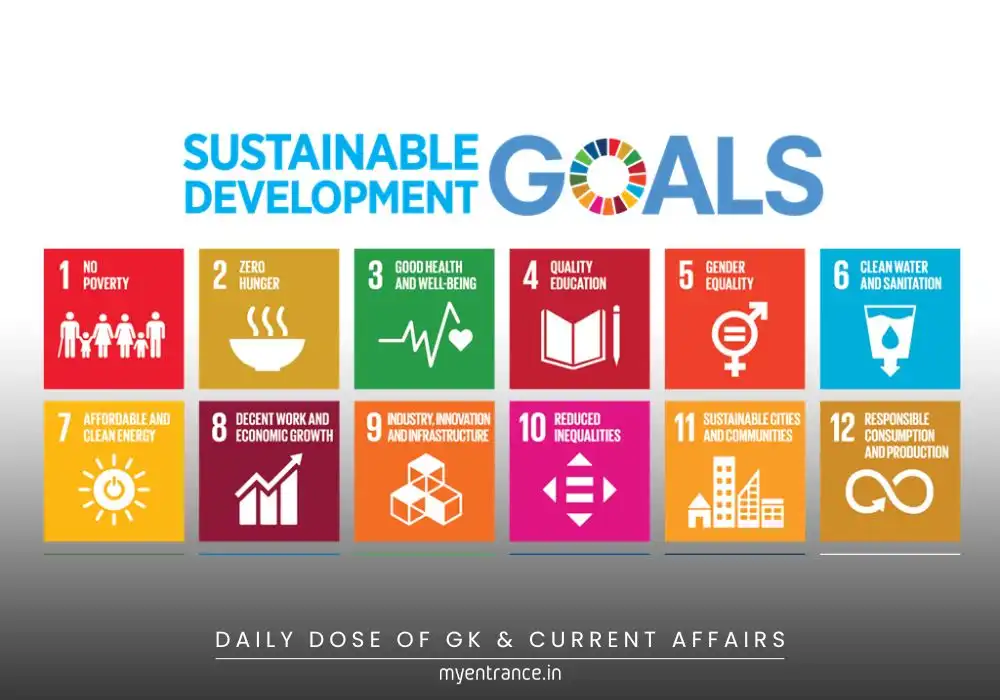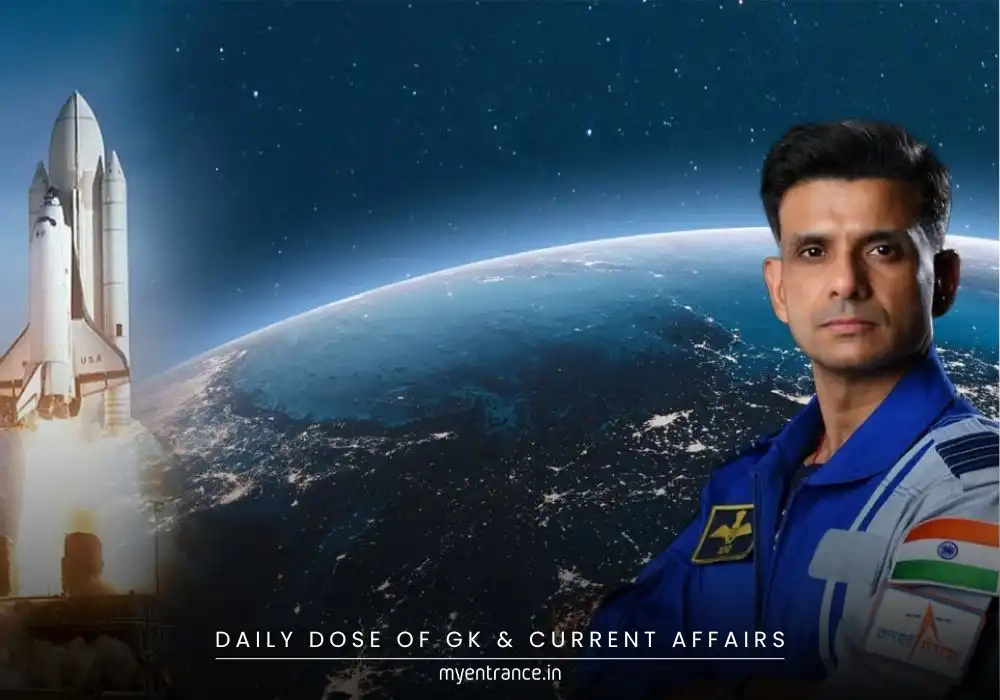Translate Language
What Happens to Astronauts After Returning from Space? The Challenges of Post-Space Recovery
Returning to Earth after a space mission isn’t as simple as landing and walking away. Astronauts undergo significant physical changes in microgravity, requiring careful medical monitoring and rehabilitation. Let’s explore what happens after splashdown and why recovery is essential.
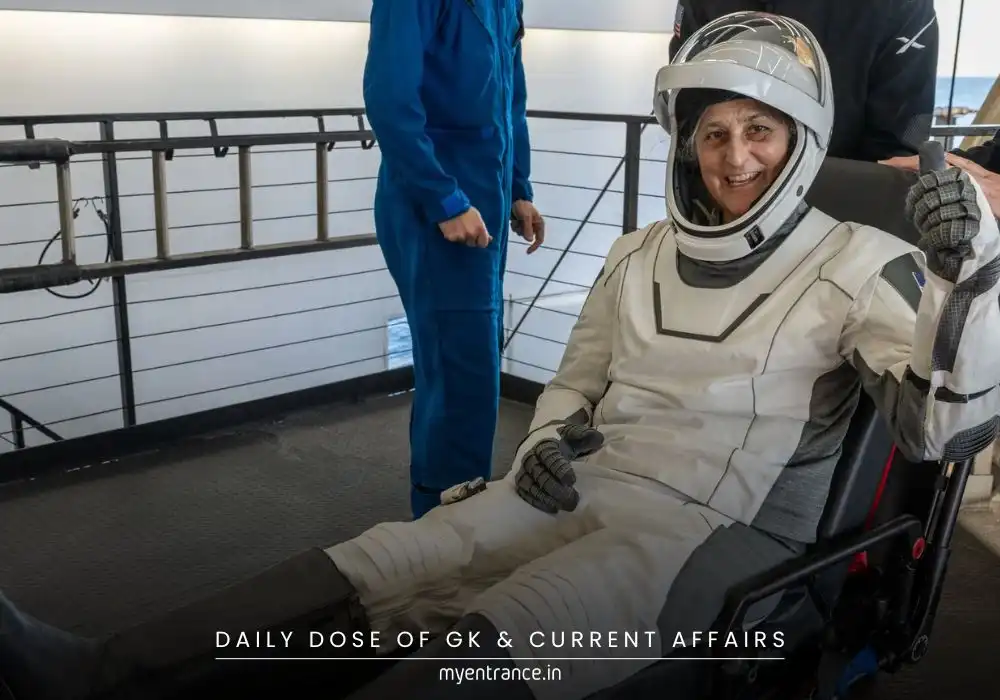
Recovery After a Space Journey: What Astronauts Go Through
The Challenges of Returning to Earth
After spending 18 days on the International Space Station (ISS), astronauts like Group Captain Shubhanshu Shukla face a tough readjustment period. Their bodies, accustomed to zero gravity, struggle with Earth’s pull, leading to balance issues, muscle weakness, and even space sickness.
What Happens After Splashdown?
Rescue & Initial Medical Checks: Once the spacecraft splashes down, a recovery team retrieves the astronauts. Immediate health assessments are conducted to check vital signs.
Helicopter Transport: They are then airlifted to a medical facility for further evaluation.
Personalized Reconditioning: Based on pre-flight health data, astronauts undergo tailored rehab programs to restore mobility, strength, and balance.
Why Is Water Landing (Splashdown) Preferred?
Safety: Water cushions impact better than land, reducing injury risks.
Flexibility: Oceans provide vast landing zones, minimizing collision hazards.
Spacecraft Design: Capsules are built to float, ensuring stability post-landing.
The Role of Heat Shields & Parachutes
Re-entry Friction: Spacecraft face extreme heat due to atmospheric friction. Heat shields protect them.
Parachute Deployment: Drogue parachutes slow the descent, ensuring a controlled splashdown.
Long-Term Health Adjustments
Astronauts often experience:
Muscle Atrophy & Bone Density Loss (due to lack of gravity)
Balance Disorders (brain recalibrating to Earth’s gravity)
Cardiovascular Changes (heart works harder in space)
Rehabilitation includes physical therapy, strength training, and balance exercises to help them regain normal function.
Sample Questions & Answers (For Competitive Exams)
Q1: Why do astronauts need reconditioning after returning from space?
A: Prolonged exposure to microgravity weakens muscles, bones, and balance systems, requiring rehabilitation to readjust to Earth’s gravity.
Q2: What is a splashdown, and why is it used?
A: Splashdown is a water landing for spacecraft, preferred for its safety, cushioning effect, and vast landing area.
Q3: How does microgravity affect an astronaut’s body?
A: It causes muscle atrophy, bone density loss, balance issues, and cardiovascular deconditioning.
Q4: What role do parachutes play in spacecraft landing?
A: They slow down the descent, ensuring a controlled and safe splashdown.
Q5: Why is the International Space Station (ISS) important?
A: It serves as a microgravity lab for scientific research, space exploration studies, and testing long-duration spaceflight effects on humans.
Why Is This Important for Exams?
This topic is crucial for competitive exams like UPSC, SSC, PSC, and other government tests because:
It covers current affairs (space missions).
It’s part of the General Science & Technology syllabus.
Understanding astronaut recovery highlights human adaptability and space medicine, key areas in modern science.
By grasping these concepts, aspirants can tackle questions on space technology, human physiology, and recent space missions effectively.
Astronaut recovery is a fascinating blend of engineering, medicine, and human endurance. As space exploration grows, so does the importance of understanding post-mission rehabilitation—an essential topic for both science enthusiasts and exam aspirants!
Get 3 Months Free Access for SSC, PSC, NIFT & NID
Boost your exam prep!
Use offer code WELCOME28 to get 3 months free subscription. Start preparing today!
